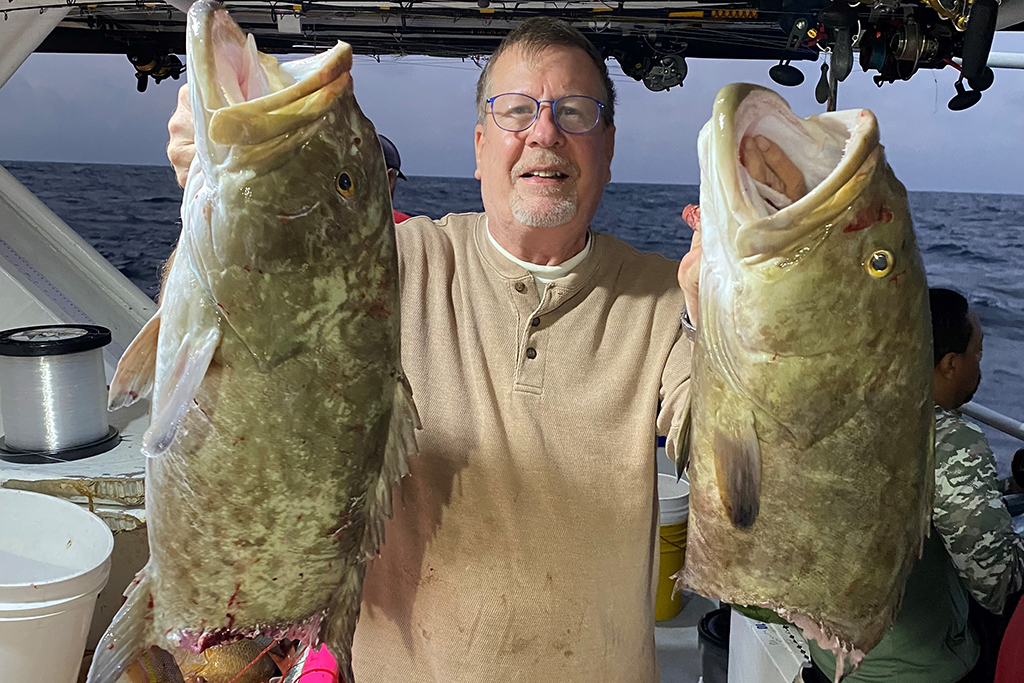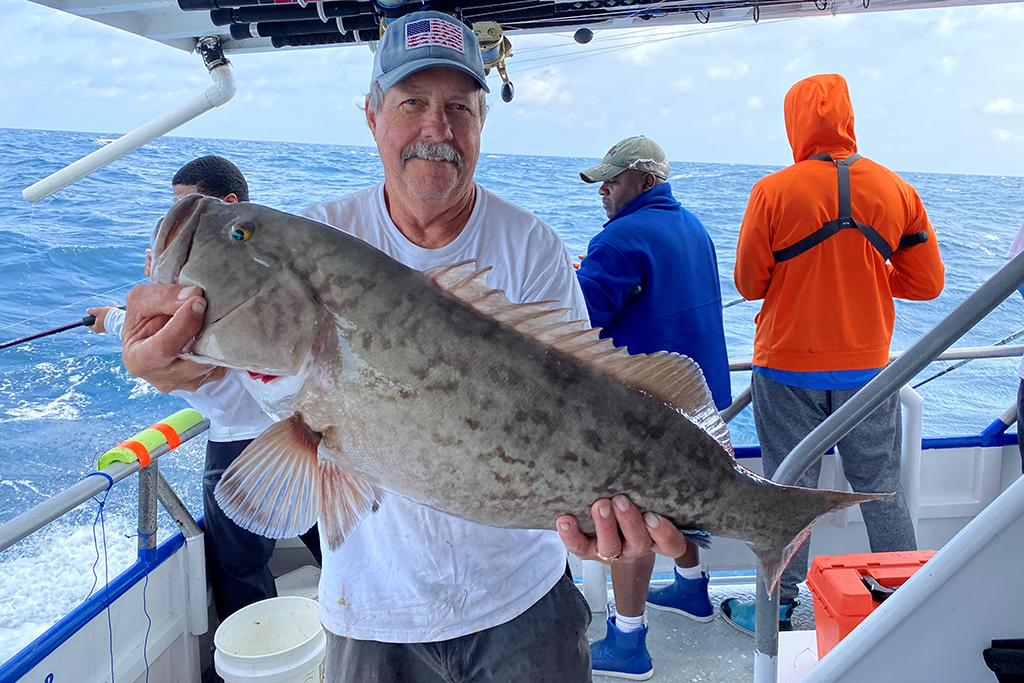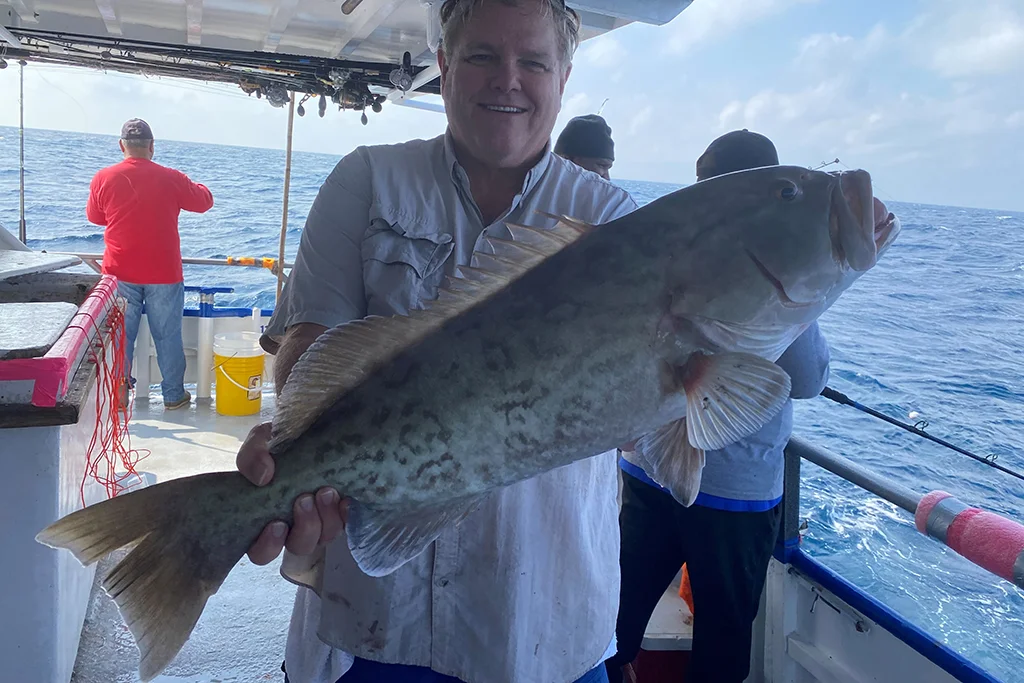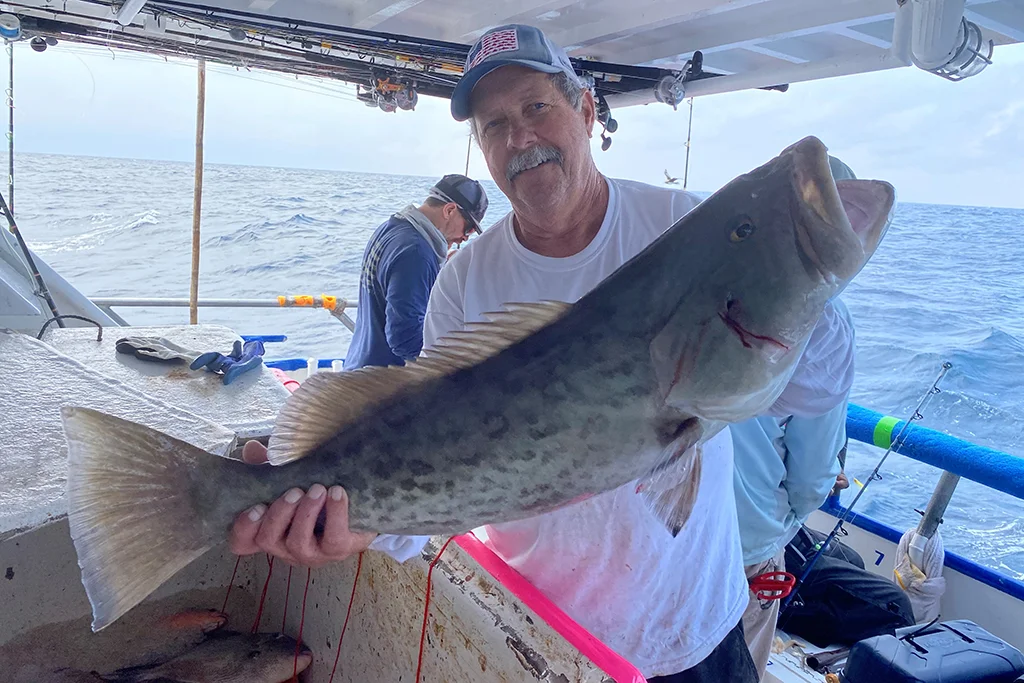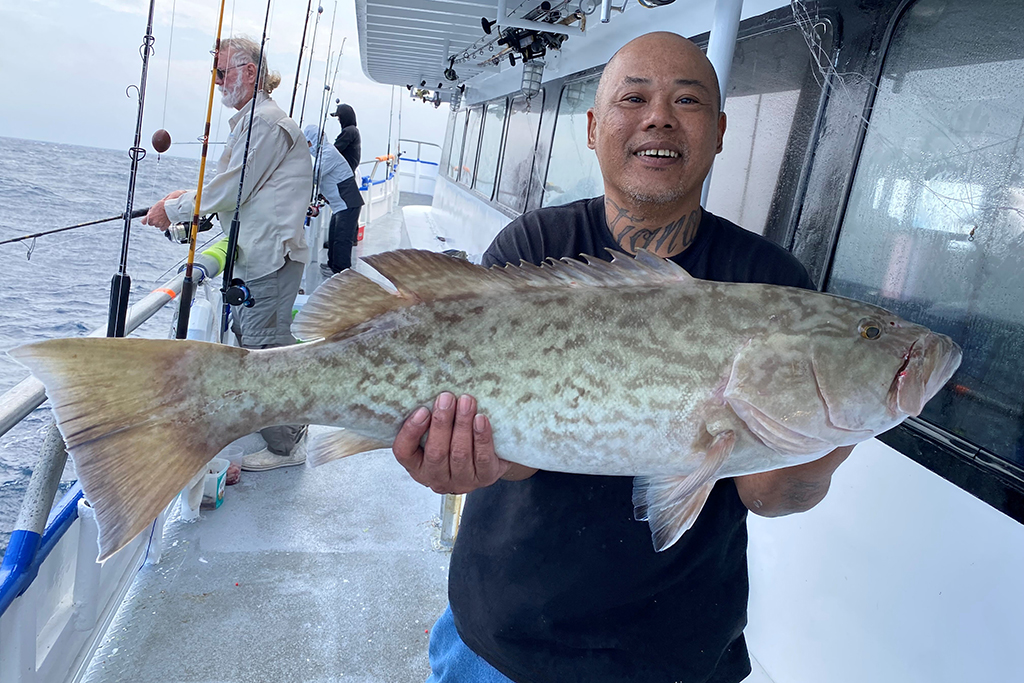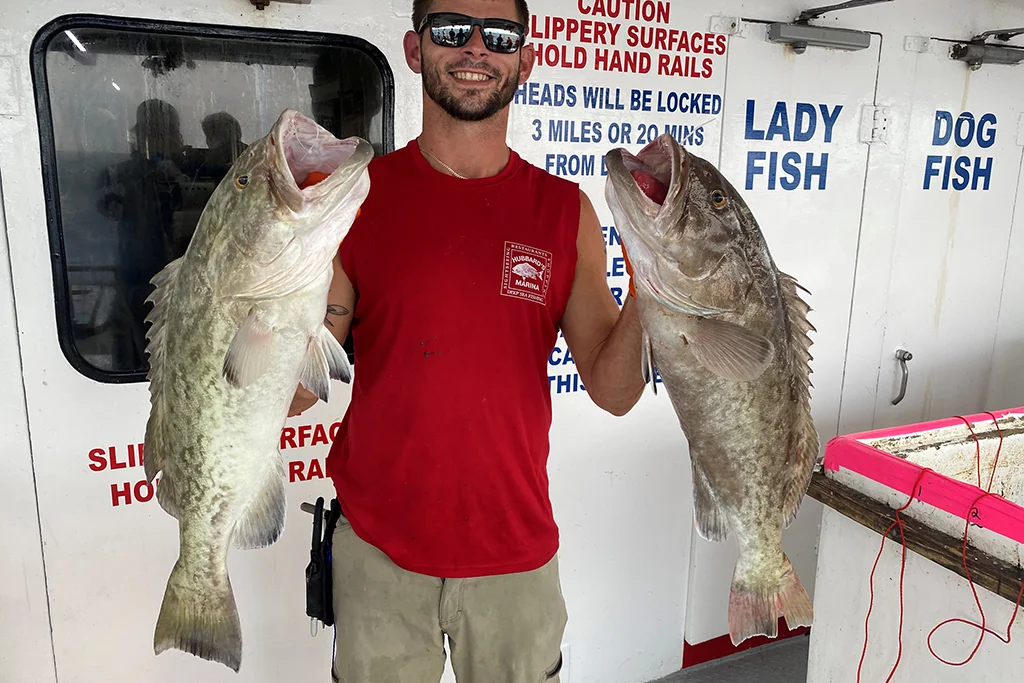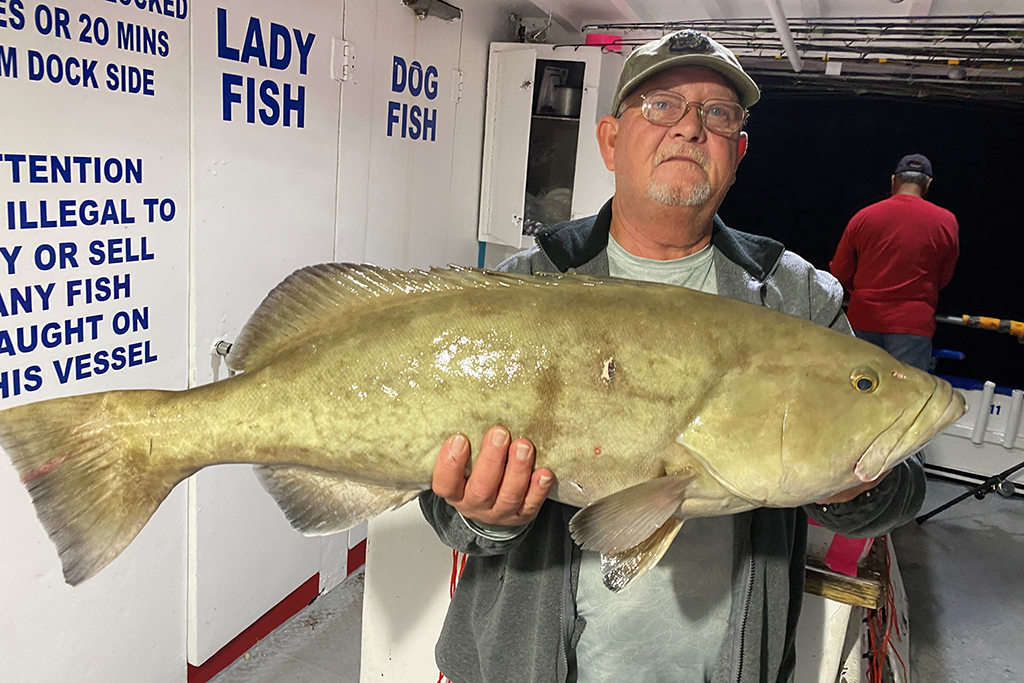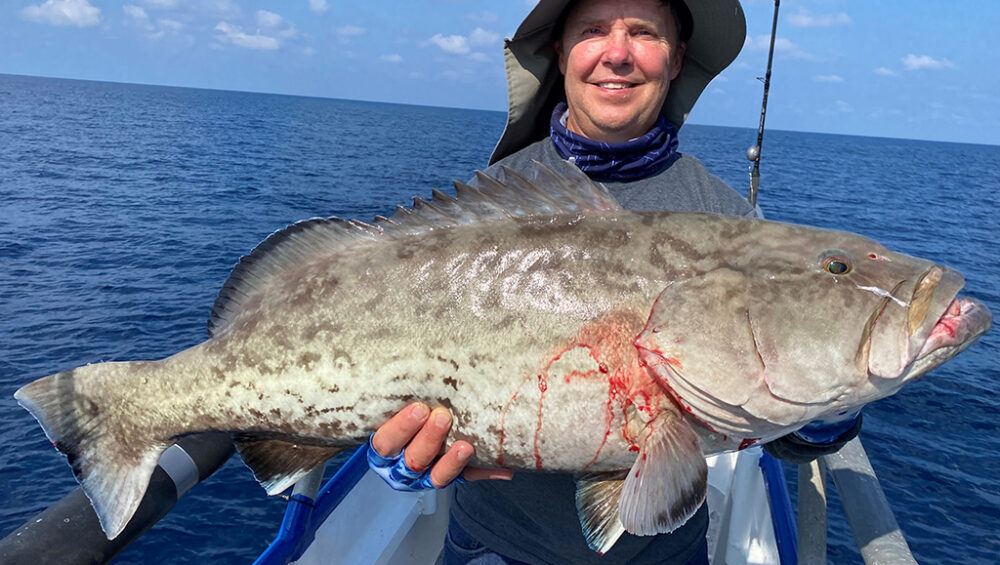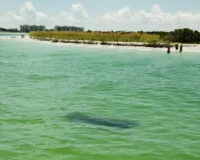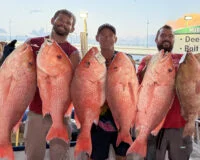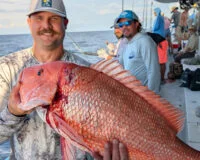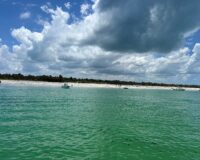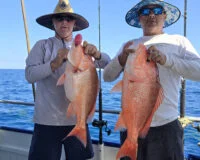Inshore Report
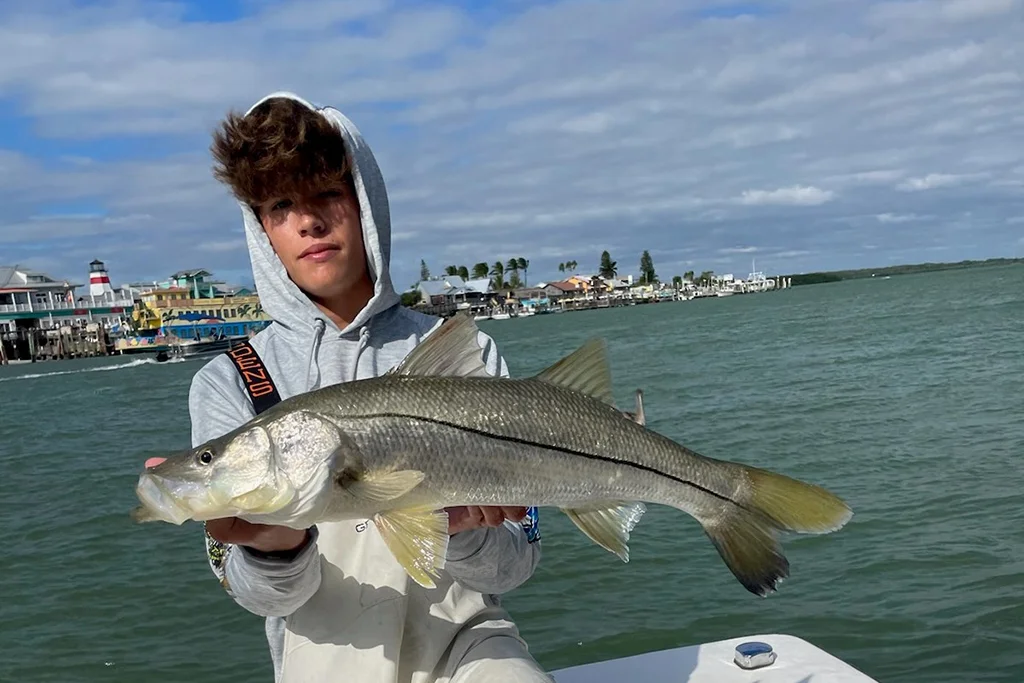
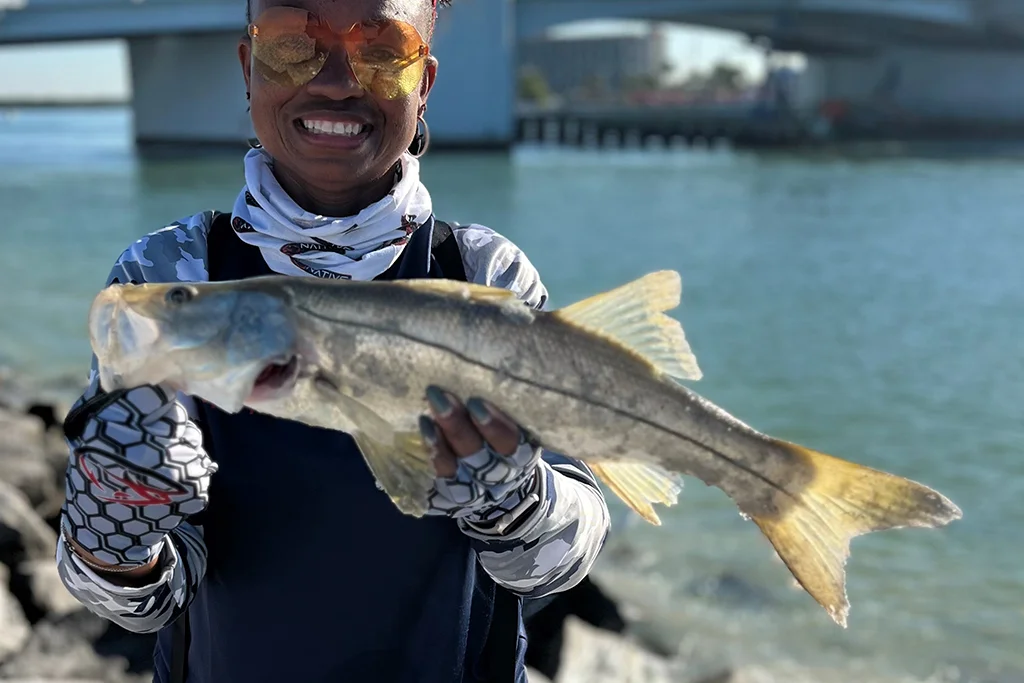
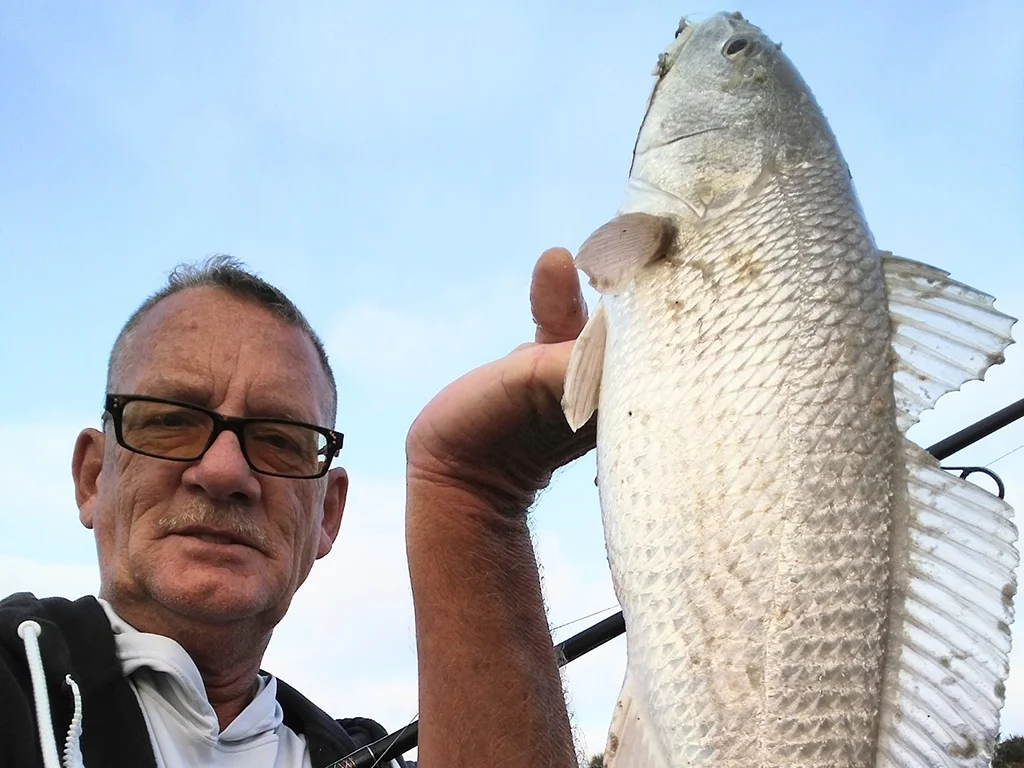
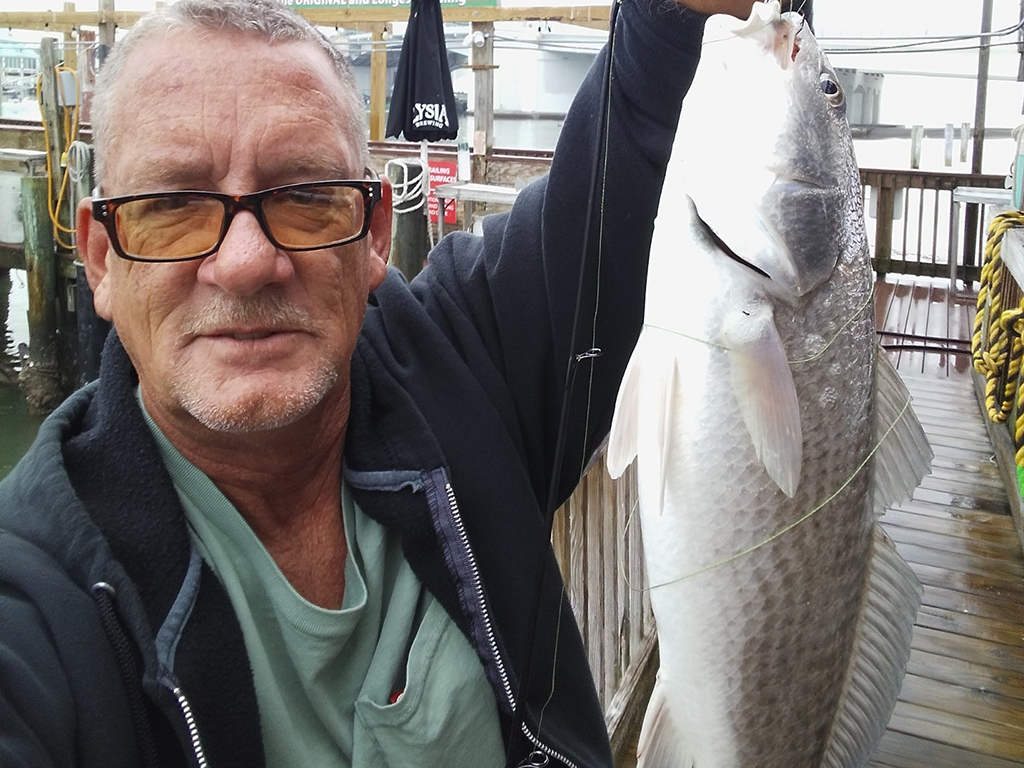
Out on the beaches and around our passes, pompano are still running arond. Pompano love those pompano jigs, the small, buck tails or live shrimp and sand fleas on the bottom. Pompano are pretty tricky as they move around quickly, and typically are not in the same spot you found them yesterday.
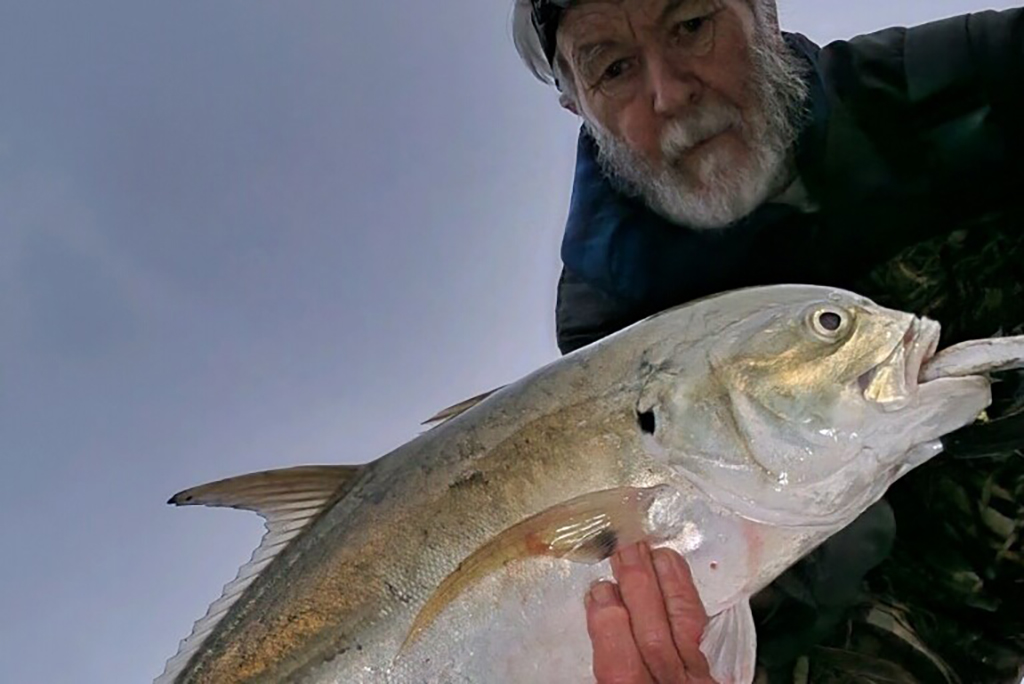
Jack Crevalle have been pretty active around early mornings and through the mid morning time, especially in the upper bay area.
Nearshore Report
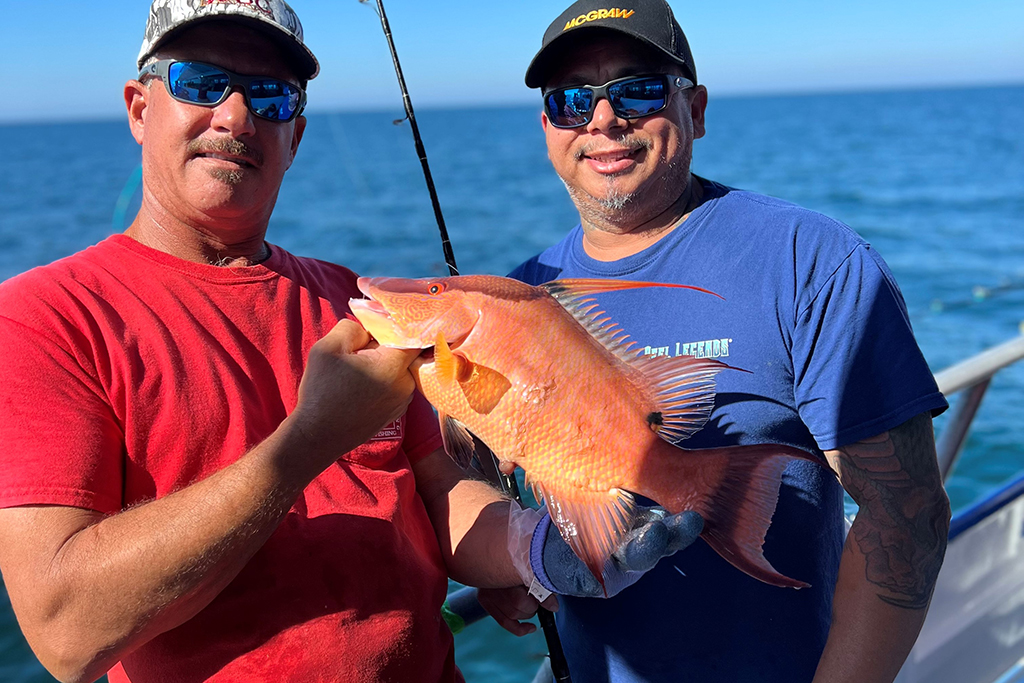
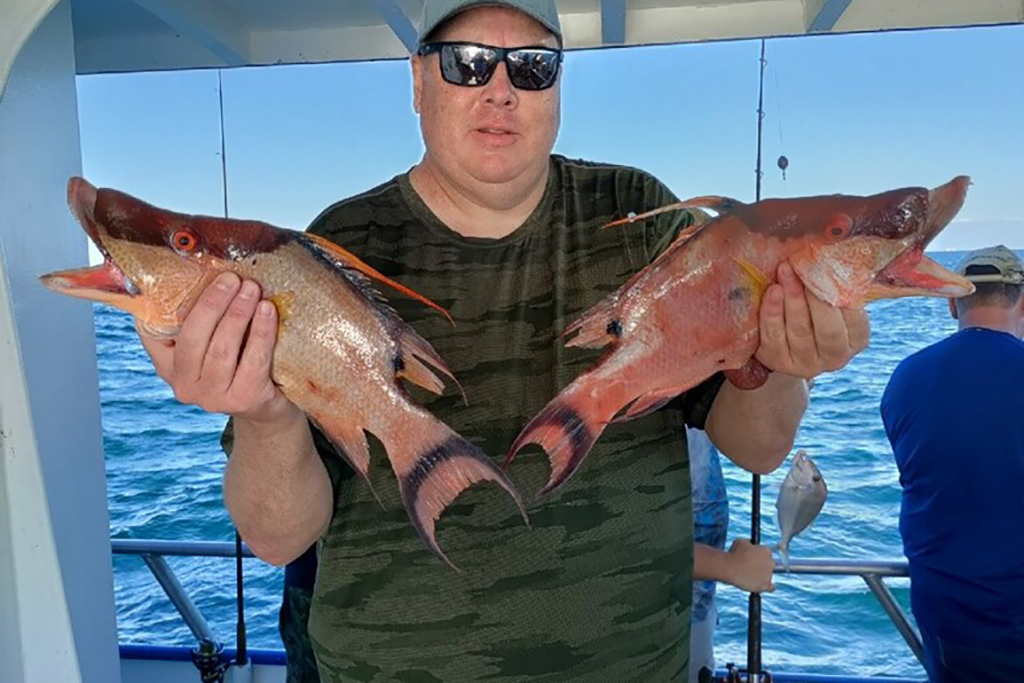
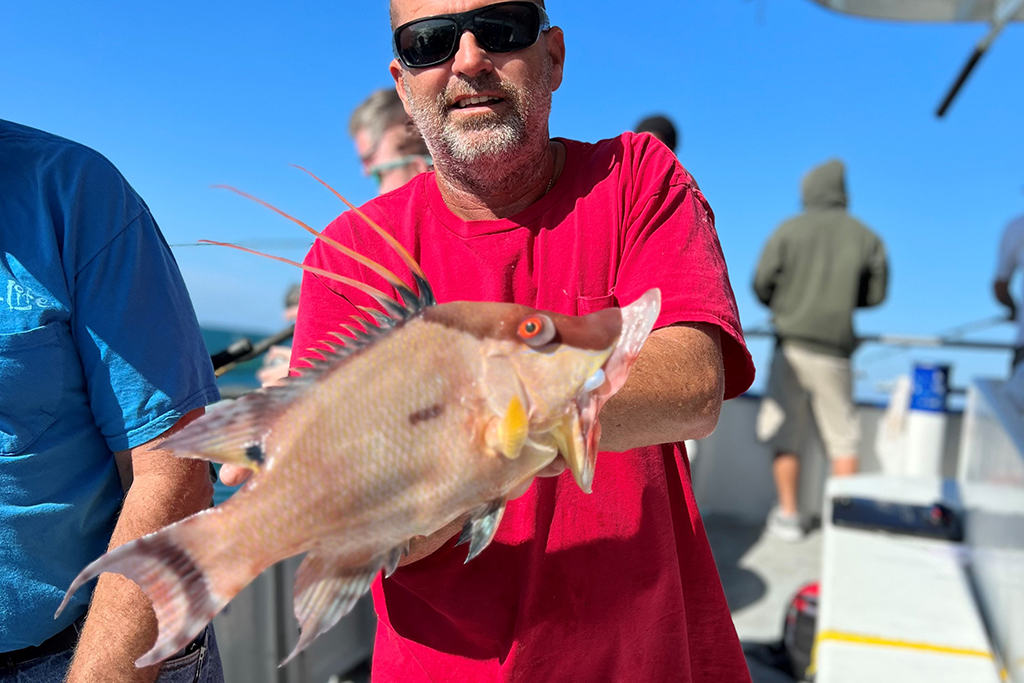
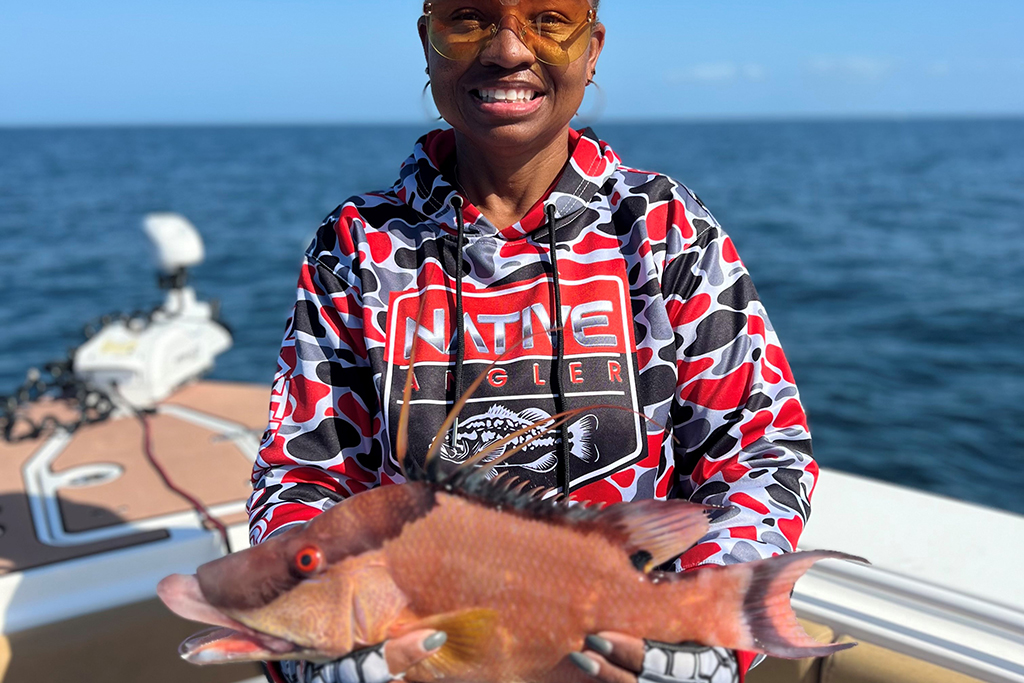
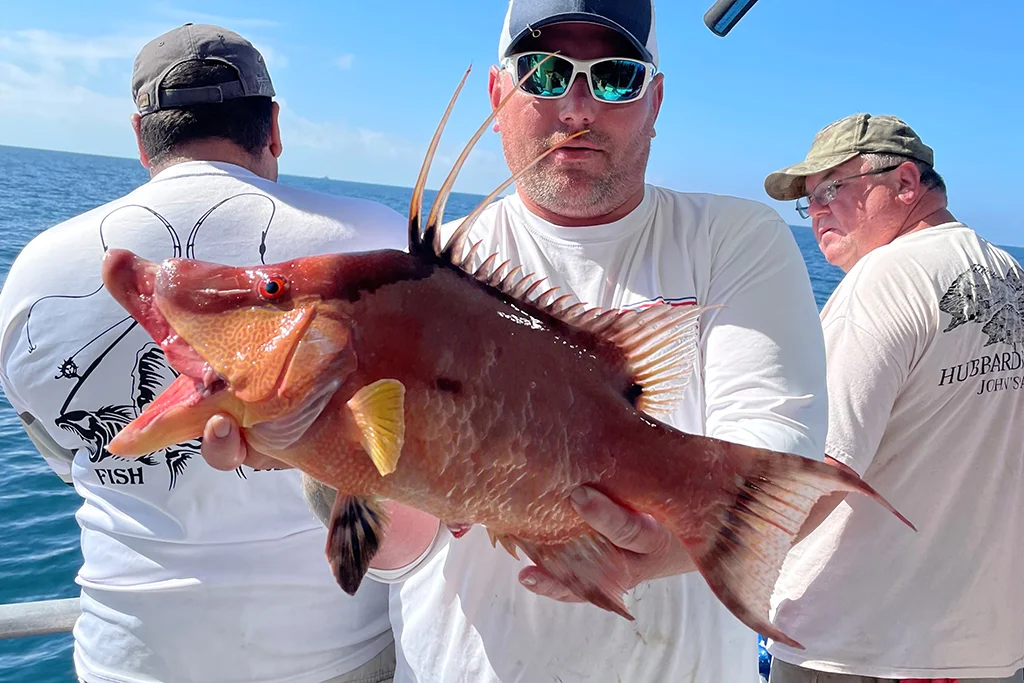
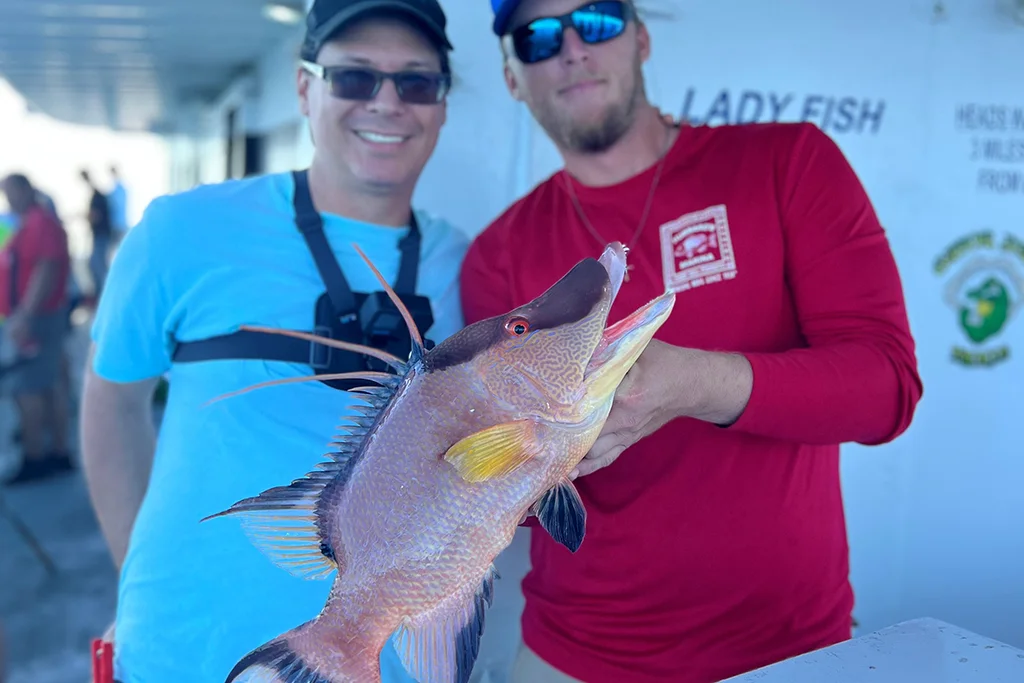
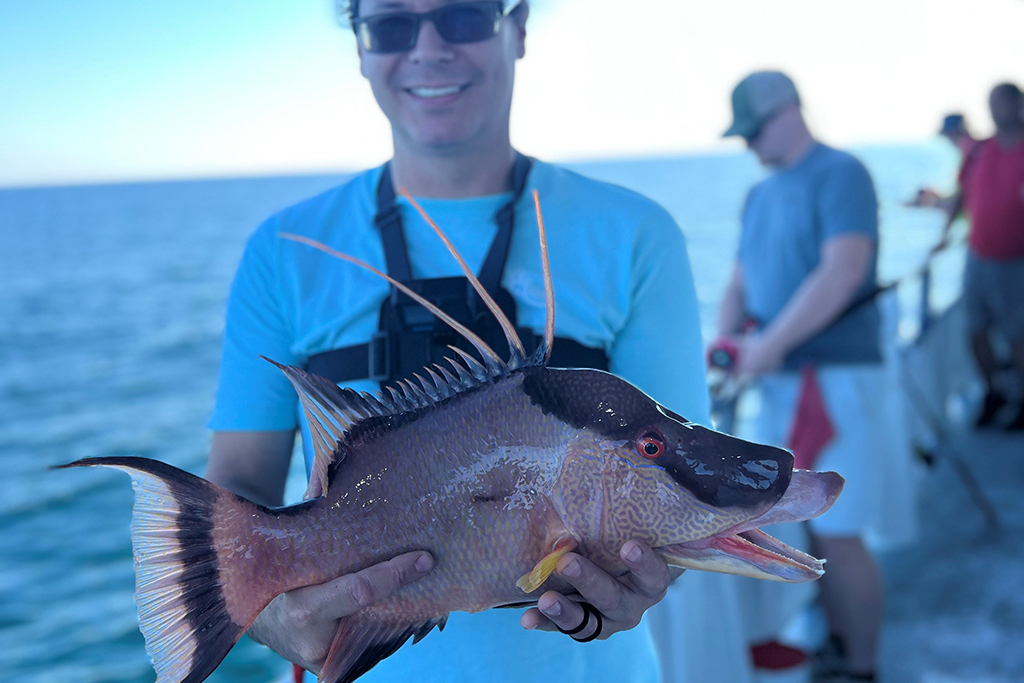
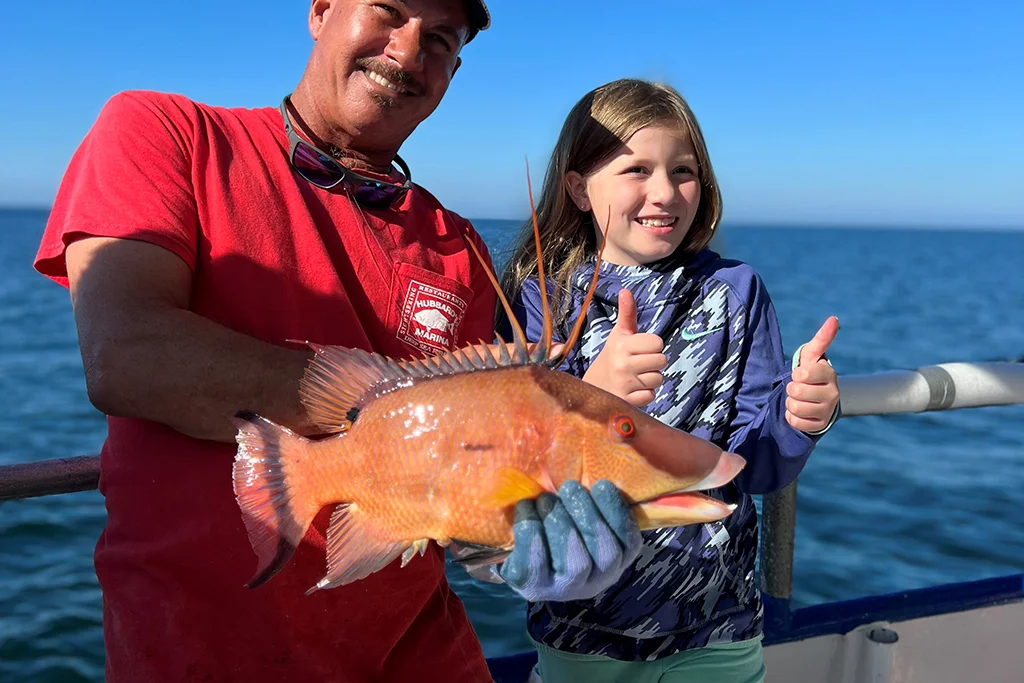
Hog fish have been the king near shore. However gag grouper have been pretty darn active lately too. This time of year we target those hogfish on our five hour half days and 10 hour all day. But the 10 hour all day and especially the private charter has had great luck, catching some nice keeper gag grouper. Occasionally might catch one on a half day but it’s few and far between and pretty rare. Hogfish action has been going really well using live shrimp and lighter tackle. We mostly target the hog fish around 30 pound braid and 30 pound fluorocarbon leader. You can get away with a little lighter braid if you want it even a little heavier, but not much. We typically use a 3 to 4 ot hook for hogfish. We catch hog fish mostly on live shrimp but you can use fiddler crabs, rock shrimp, or even sand fleas. Typically live shrimp will also get a lot of other species, whereas using fiddler crabs rock, shrimp or sand fleas you get less by catch but you’re able to target hogfish a little bit more effectively.
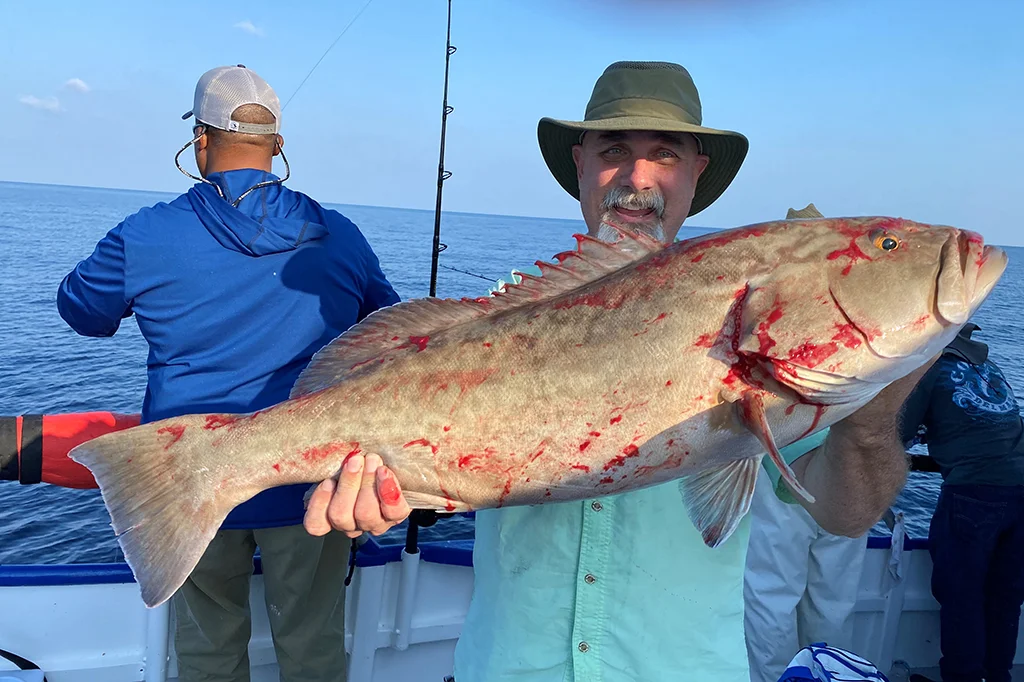
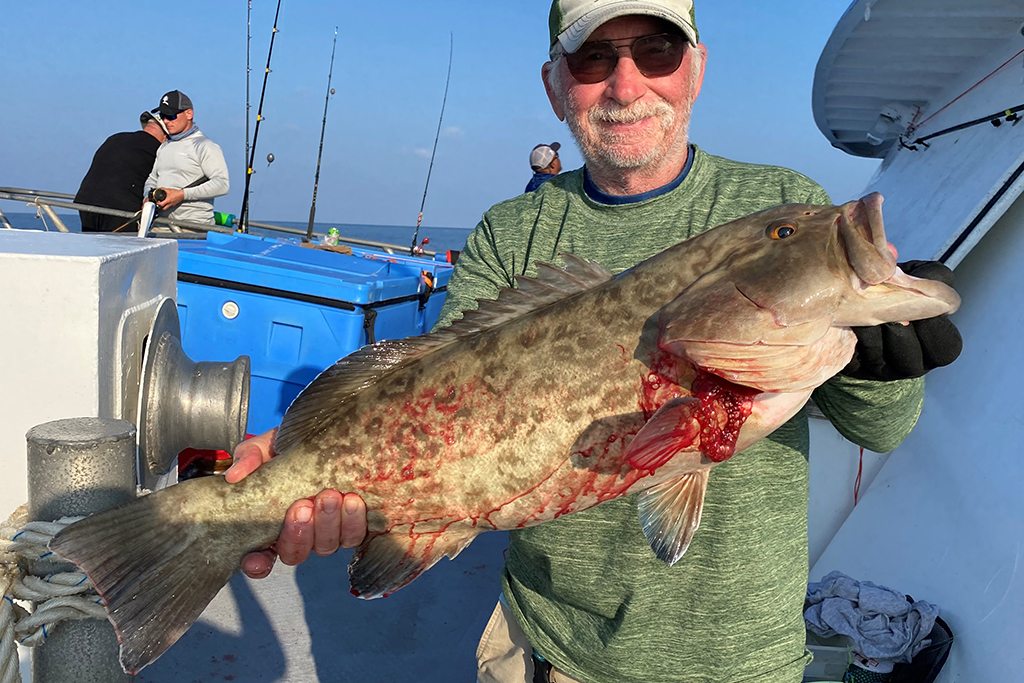
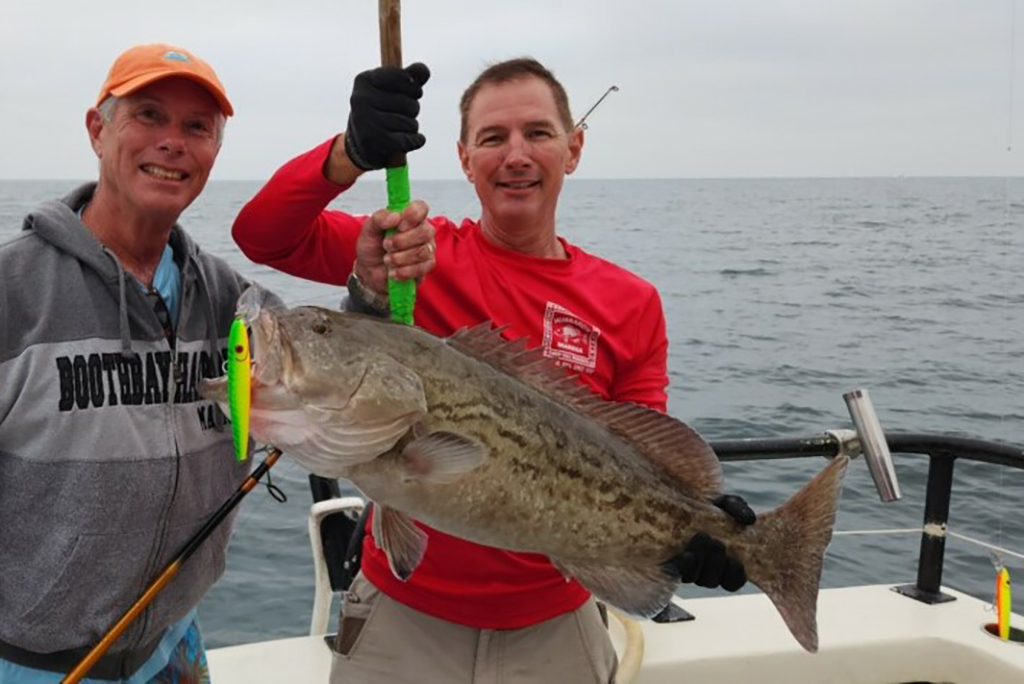
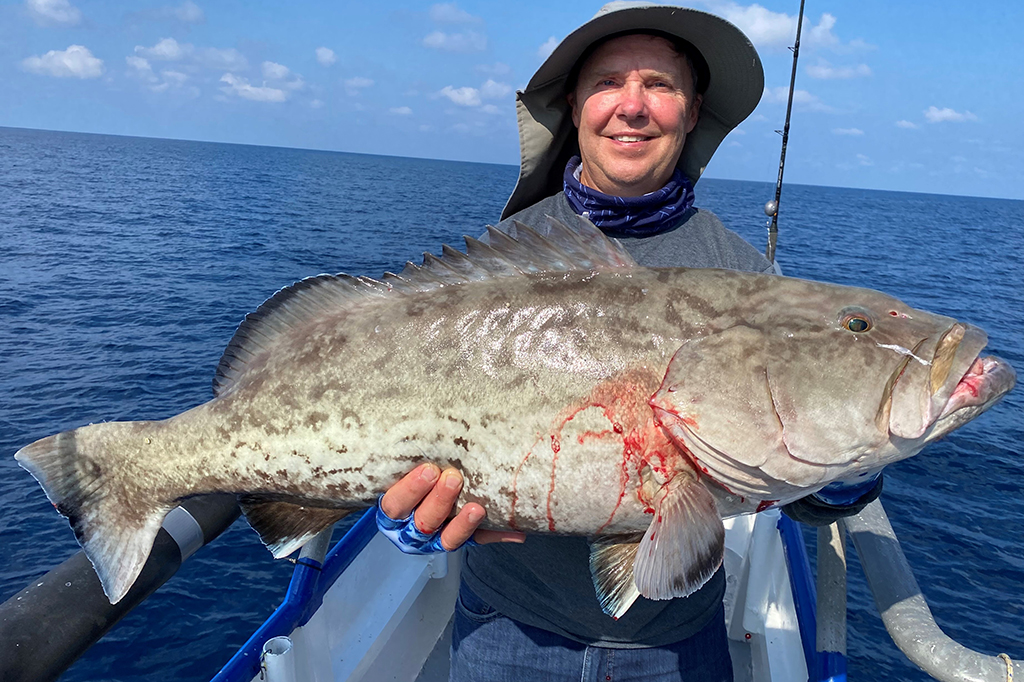
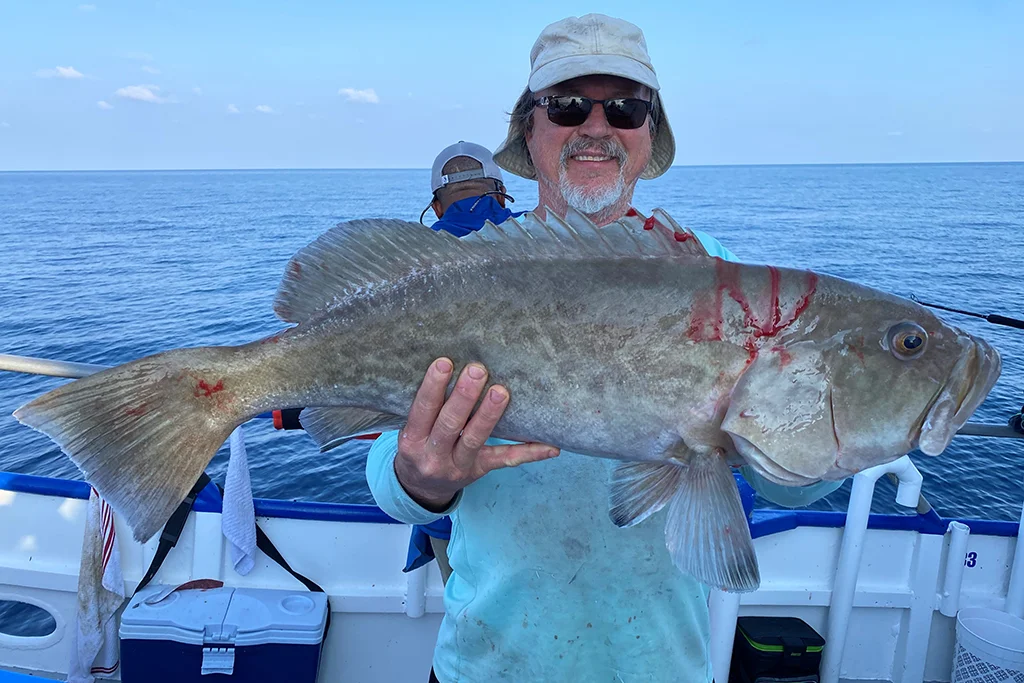
Gag group action has been most common on our private fishing charters, and we catch those most often trolling the mirror 25+ trolling lures. We’ve been having a great luck on a variety of different colors, but the 25+ mirror lure has definitely been the go to jig. We also see that gag grouper bite on the live pinfish and cut threadfin. Near shore guys seem to be extra mean and aggressive. They are also a little leader shy so I would suggest 60 to 80 pound test when targeting those nearshore gag grouper’s. but remember, you have to be ready for a fight.
Offshore Report
